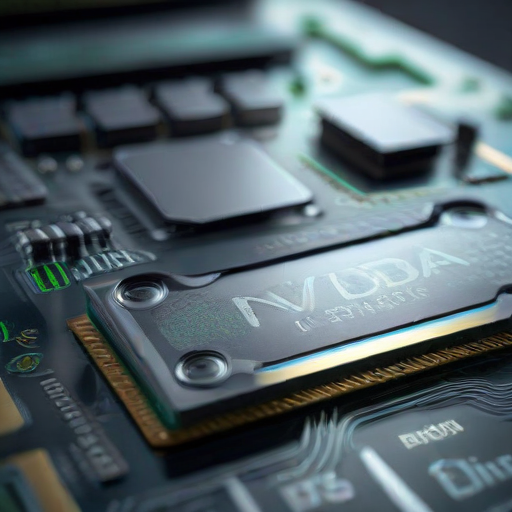As the U.S. government deliberates on harsher trade measures to restrict advanced chip technology from entering China, Nvidia, a leading U.S.-based chip manufacturer, is reportedly developing a version of its new artificial intelligence (AI) chips designed to comply with these regulations. According to sources familiar with the situation, Nvidia is collaborating with the Chinese IT firm Inspur to introduce and distribute a chip tentatively named the “B20” in China, with expected shipments to commence in the second quarter of 2025.
Nvidia already has three chips that are specifically engineered to align with U.S. export controls, including the H20 chip. The company has adjusted the pricing for the H20 due to sluggish sales, mainly to compete with local rival Huawei. Despite the trade restrictions, sources indicate that sales of the H20 chip are on the rise, with projections suggesting that Nvidia may sell over one million units in China this year, generating approximately $12 billion in revenue. This figure represents a significant market presence compared to Huawei’s anticipated sales for its Ascend 910B chip.
However, Nvidia’s H20 chips face uncertainties as further U.S. trade restrictions loom. Analysts from Jefferies have pointed out that during the upcoming review of semiconductor export controls in October, there is a high probability that the H20 might be prohibited for sale to China. This could occur through various methods, such as specific product bans or adjustments to existing computing and memory capacity caps.
The scope of U.S. export controls could also expand to include countries in the region, such as Malaysia, Indonesia, and Thailand, or might extend to Chinese companies operating abroad, albeit implementation challenges may arise.
This developing scenario highlights both the challenges and potential opportunities within the semiconductor industry. While Nvidia faces regulatory hurdles, the company’s agility in adapting to market demands and compliance protocols may bolster its position. The ongoing evolution of AI technology also presents a hopeful outlook, as companies continue to innovate and find ways to navigate complex market landscapes.
